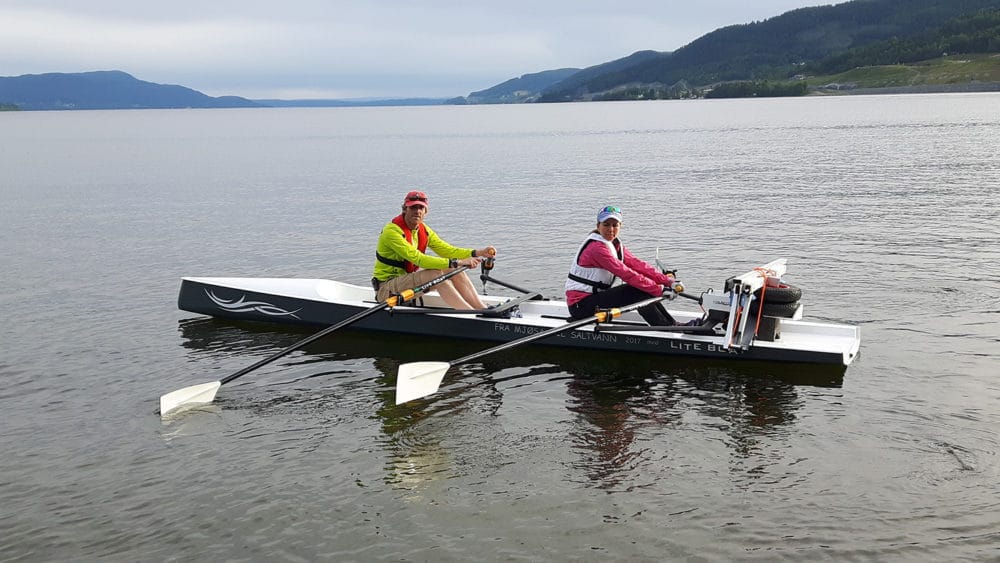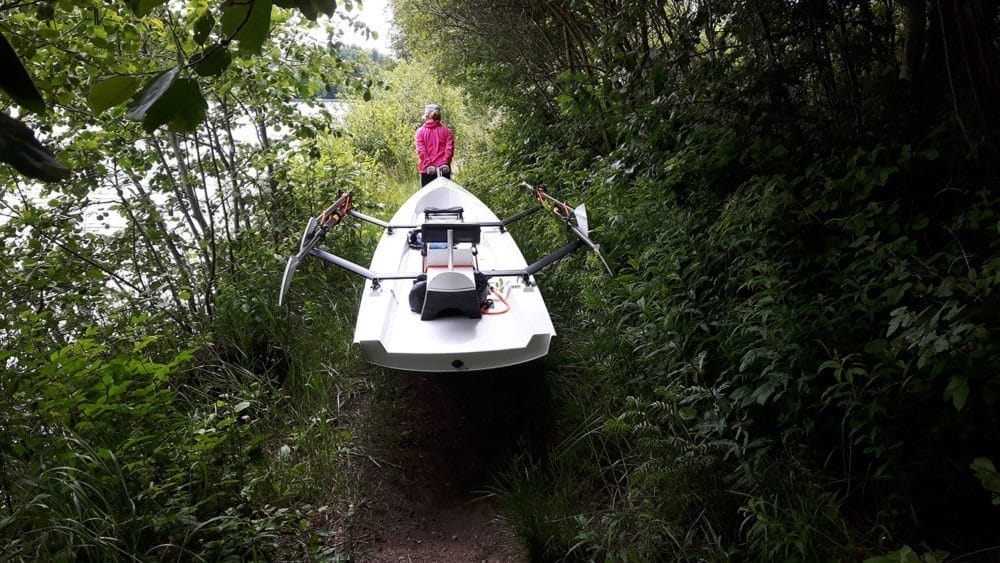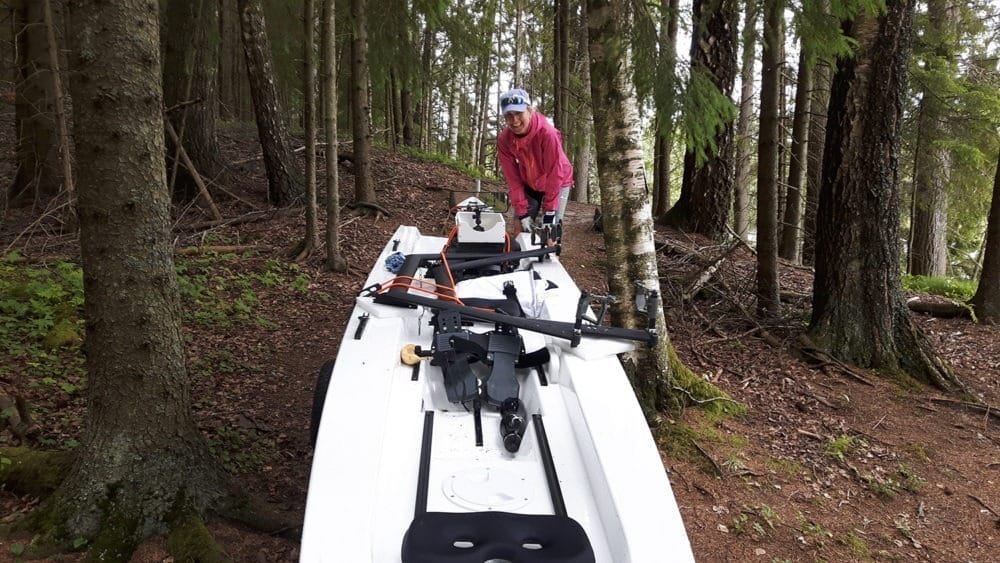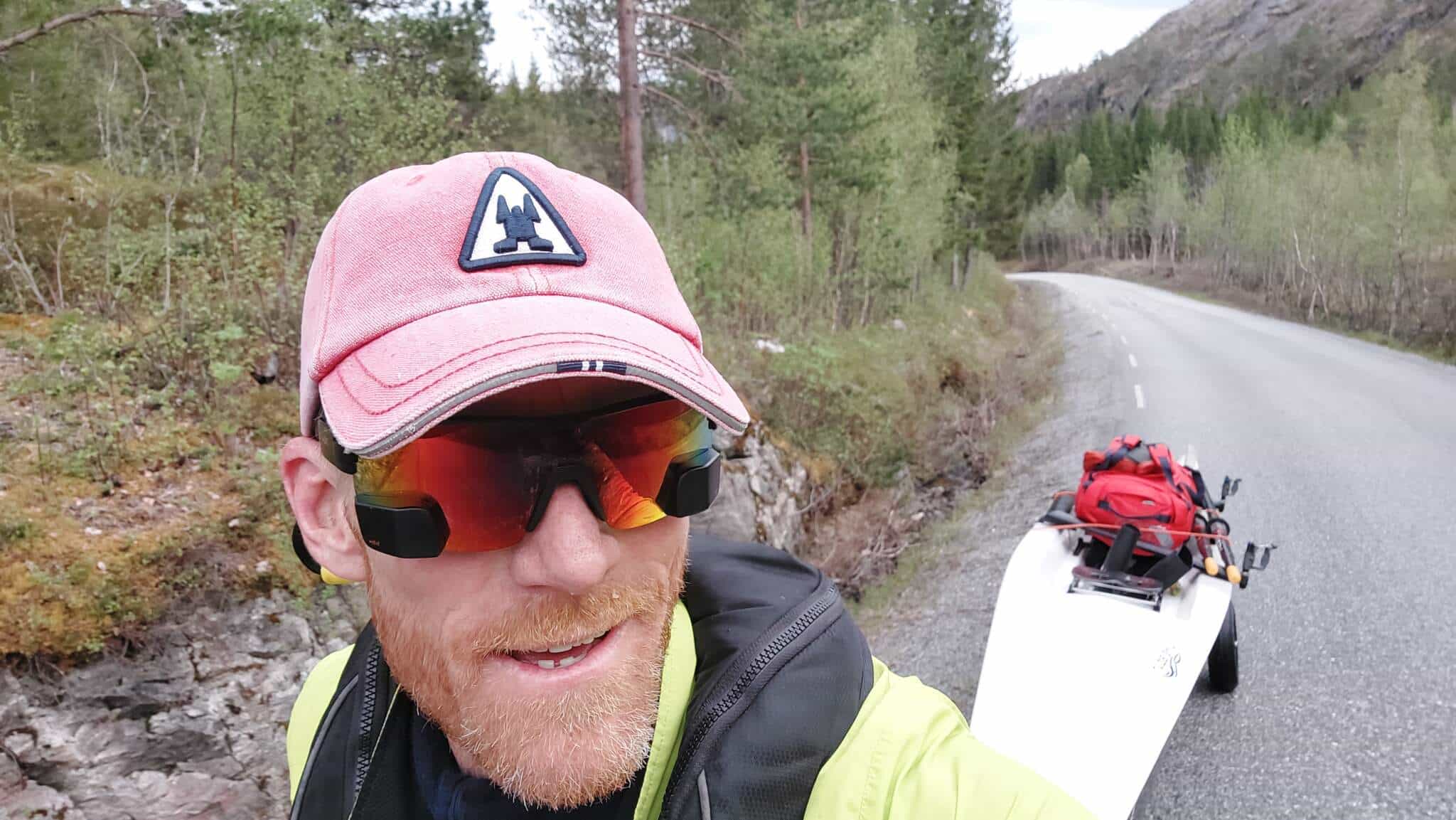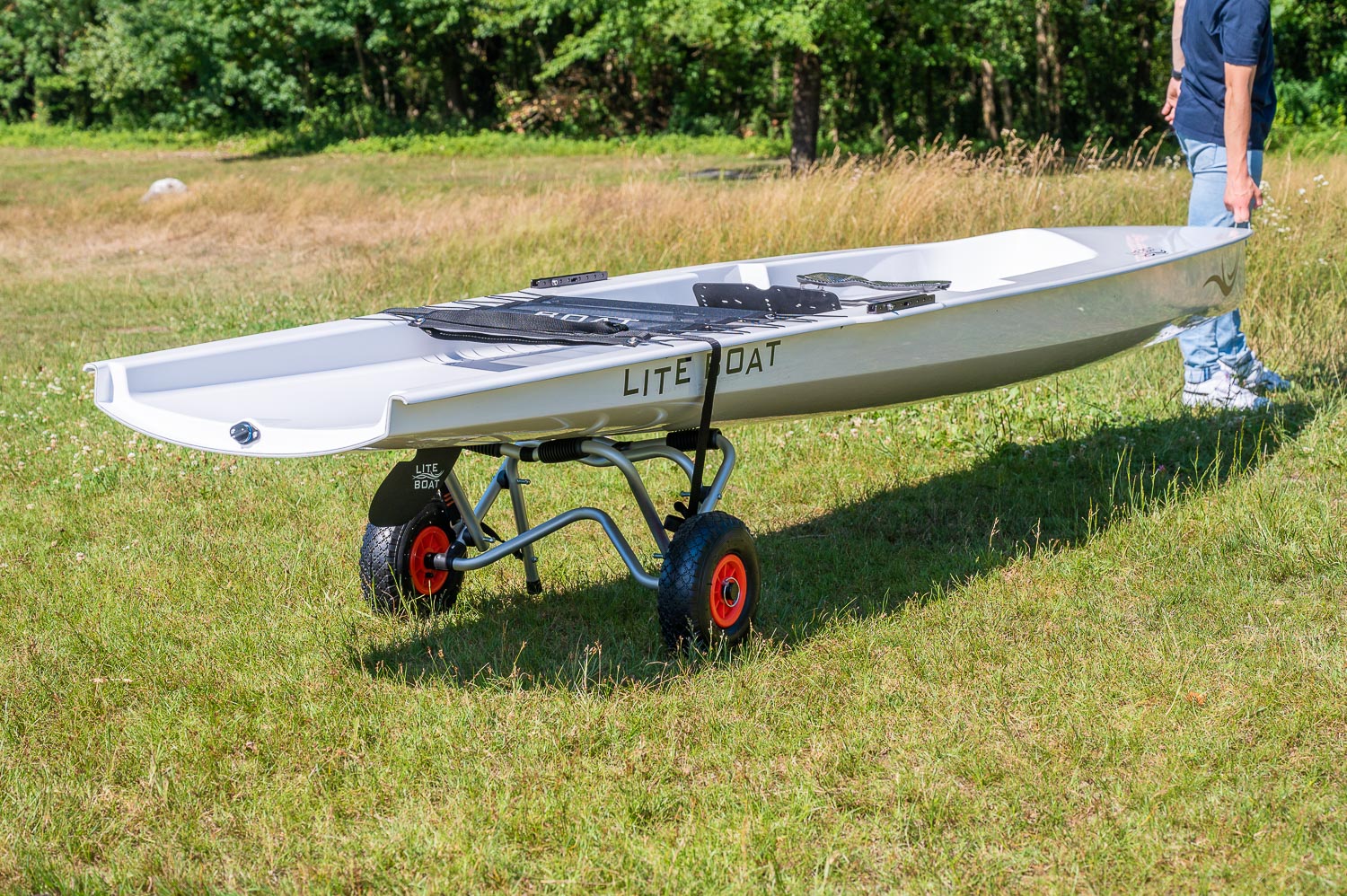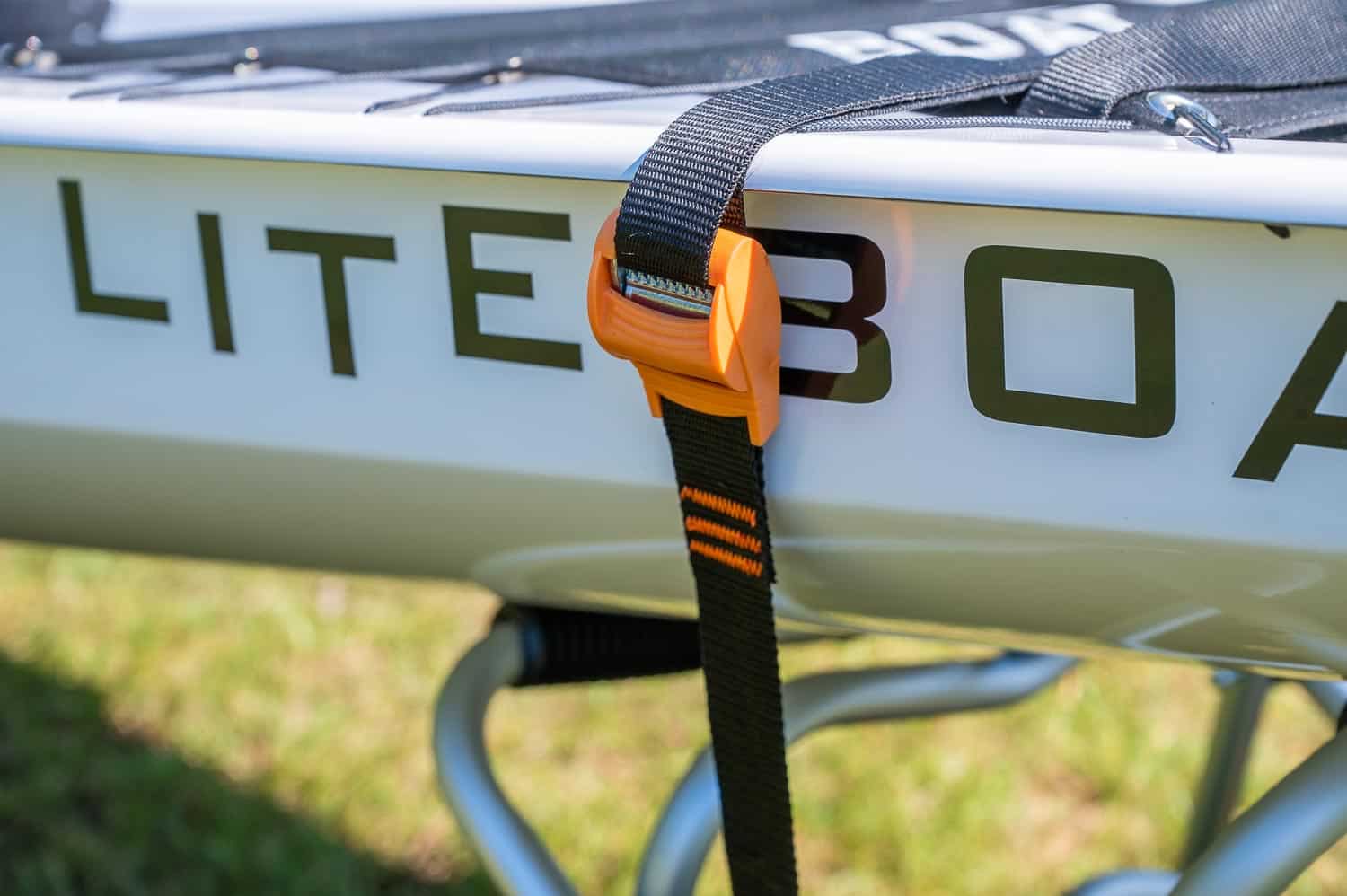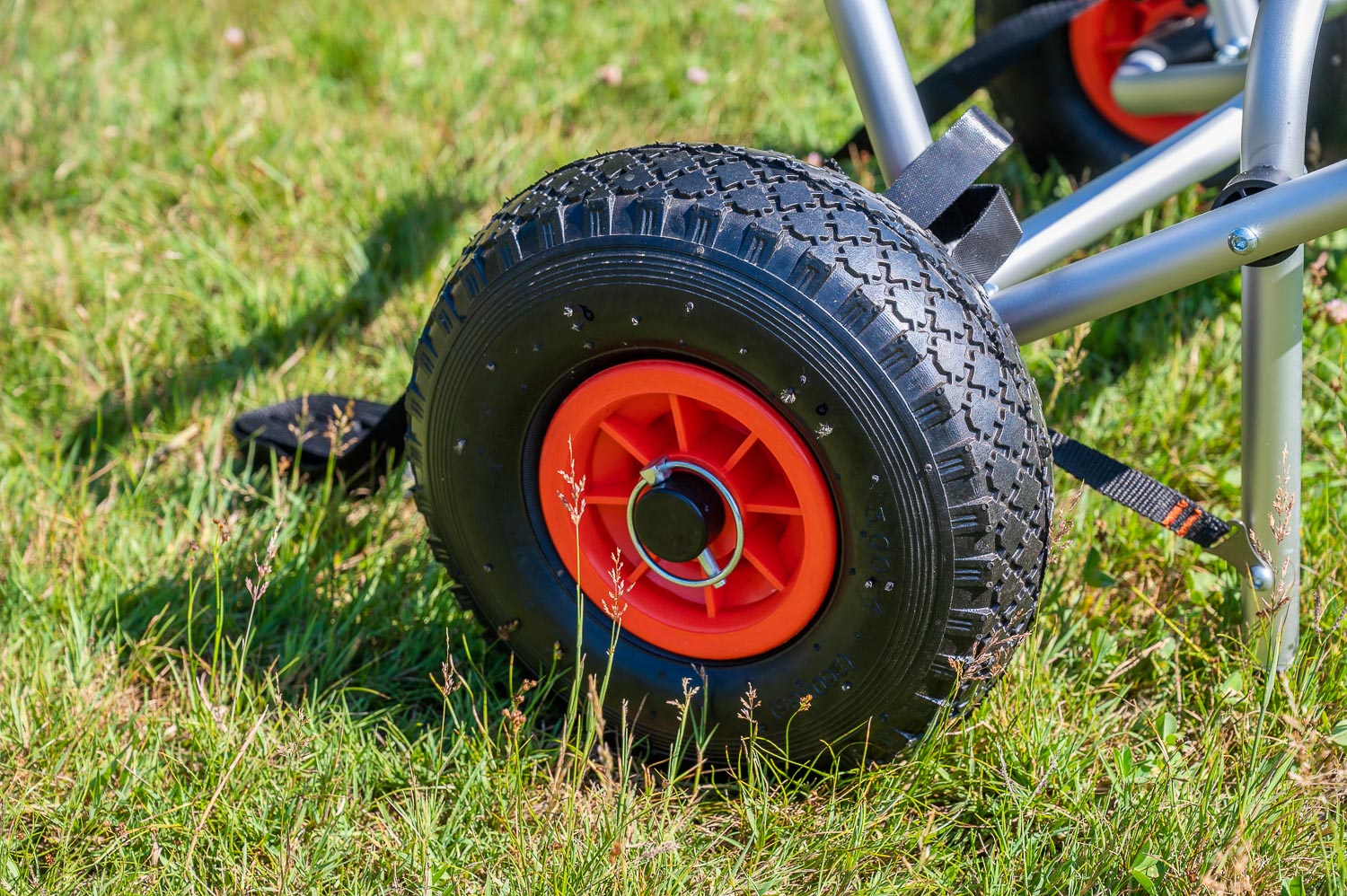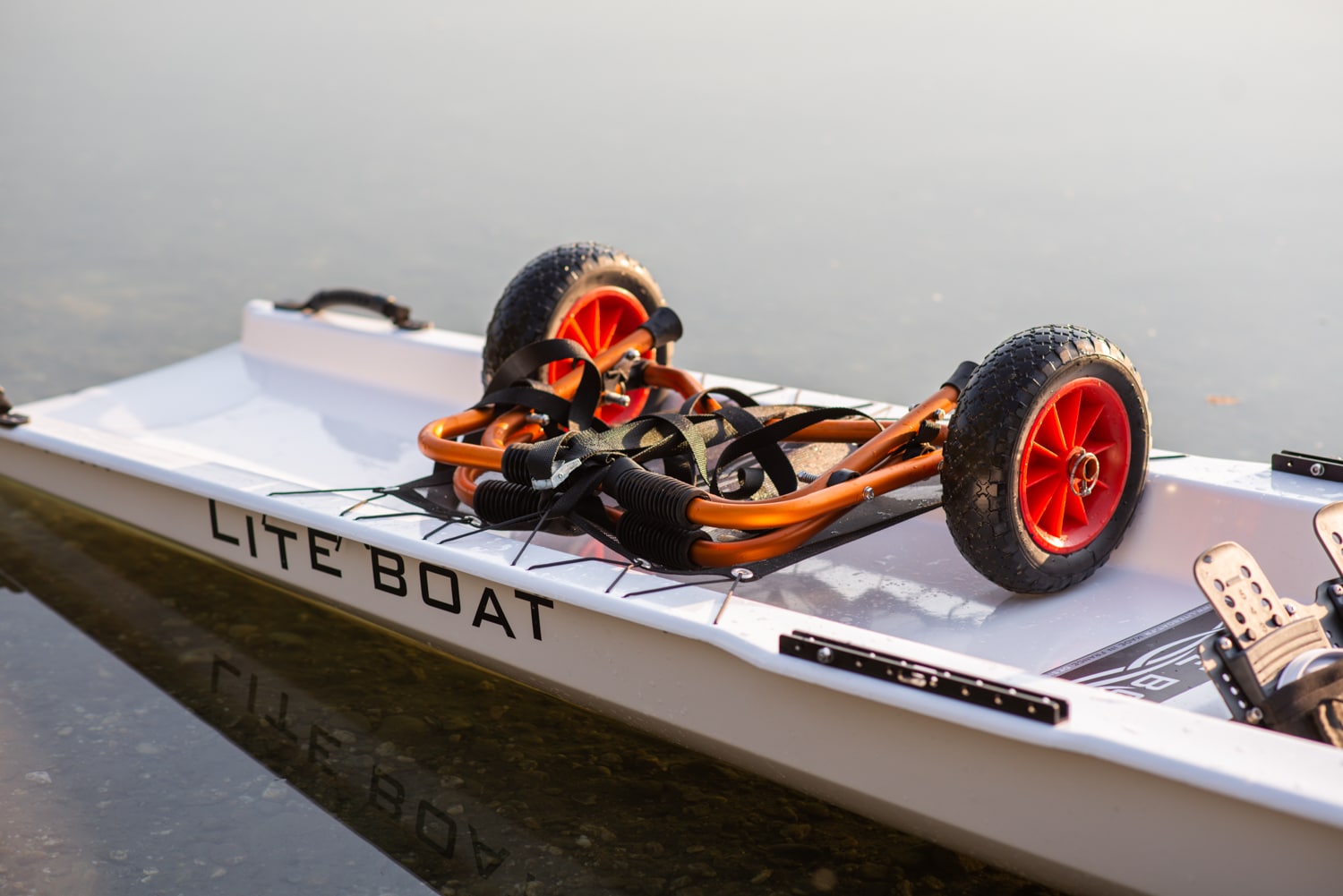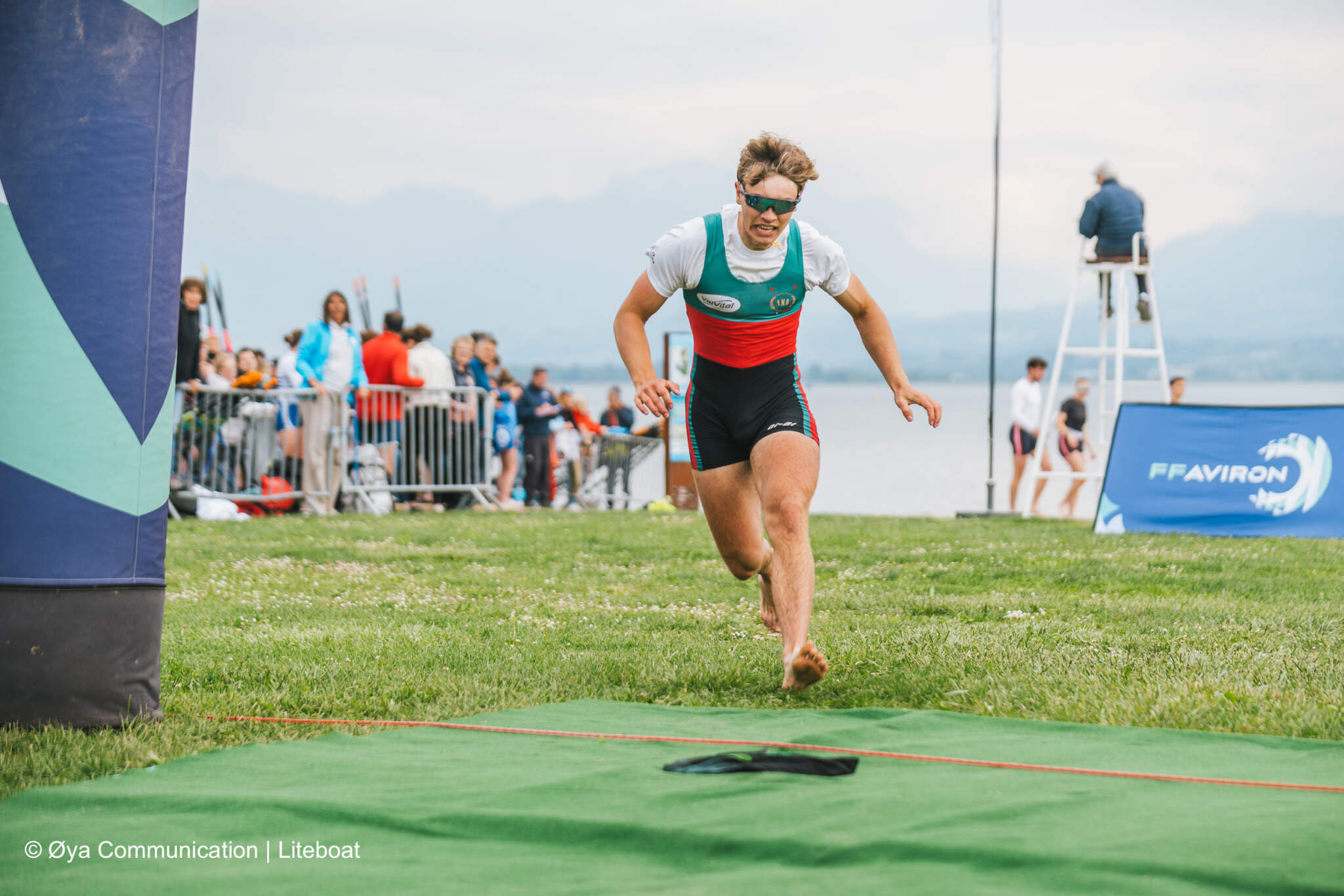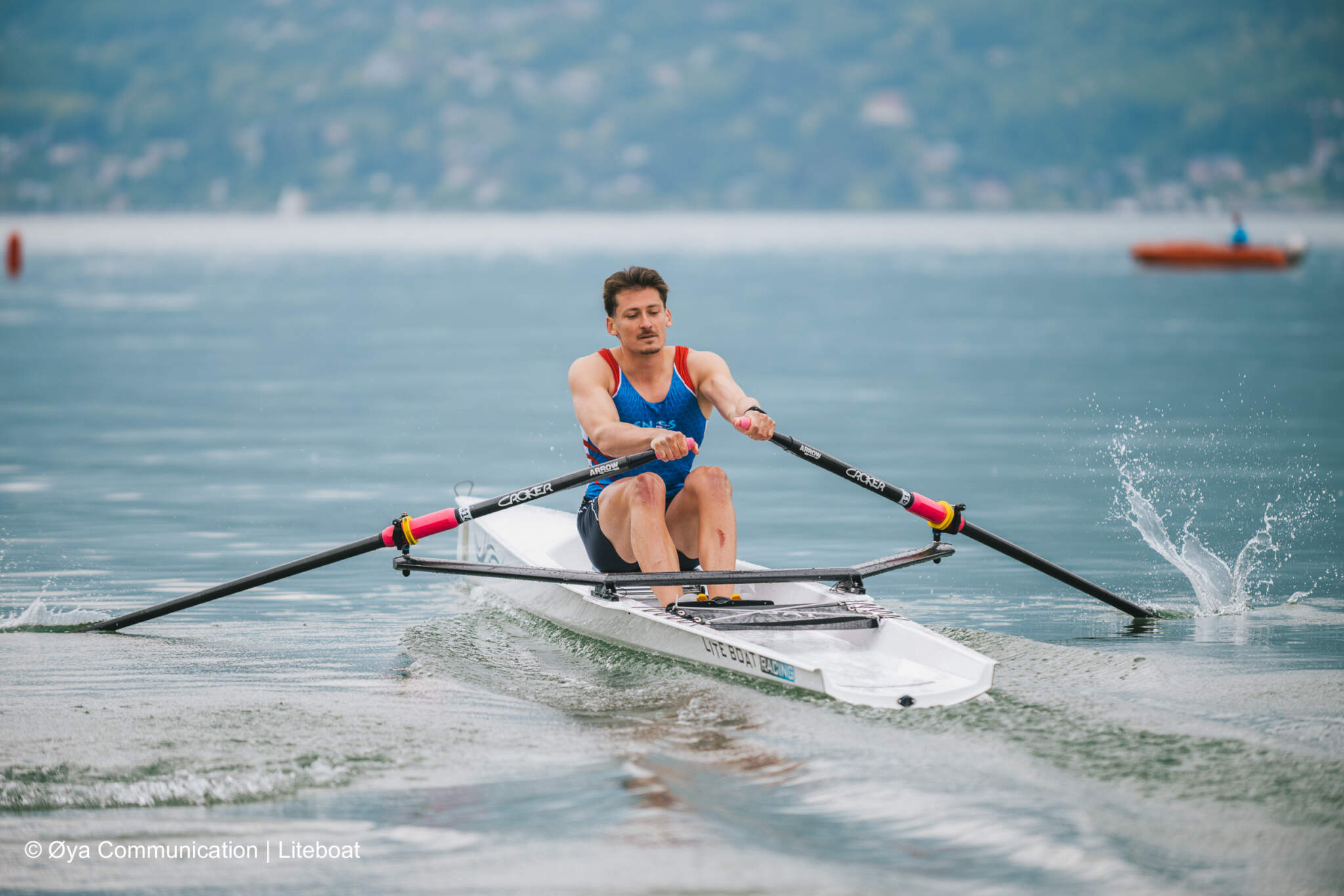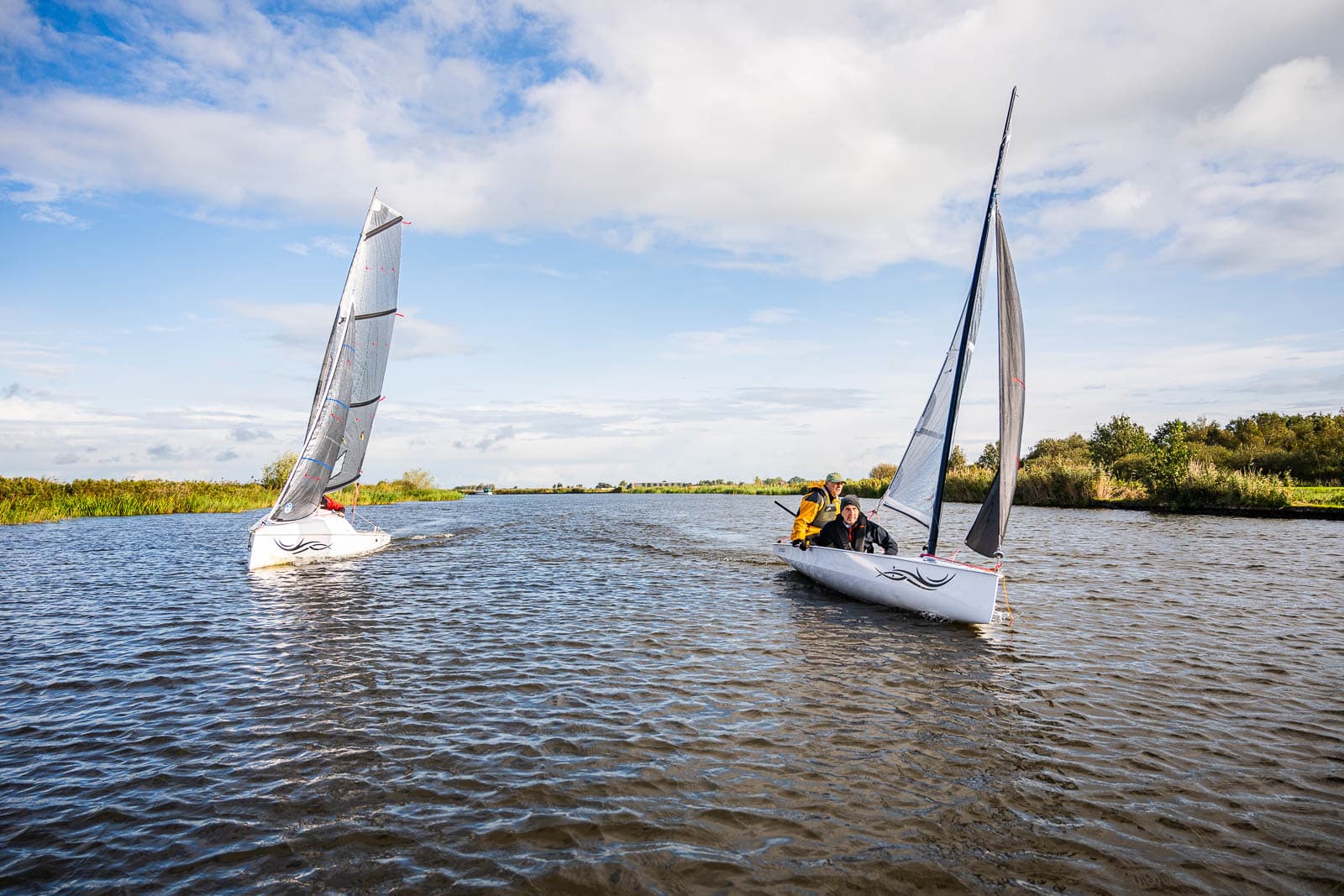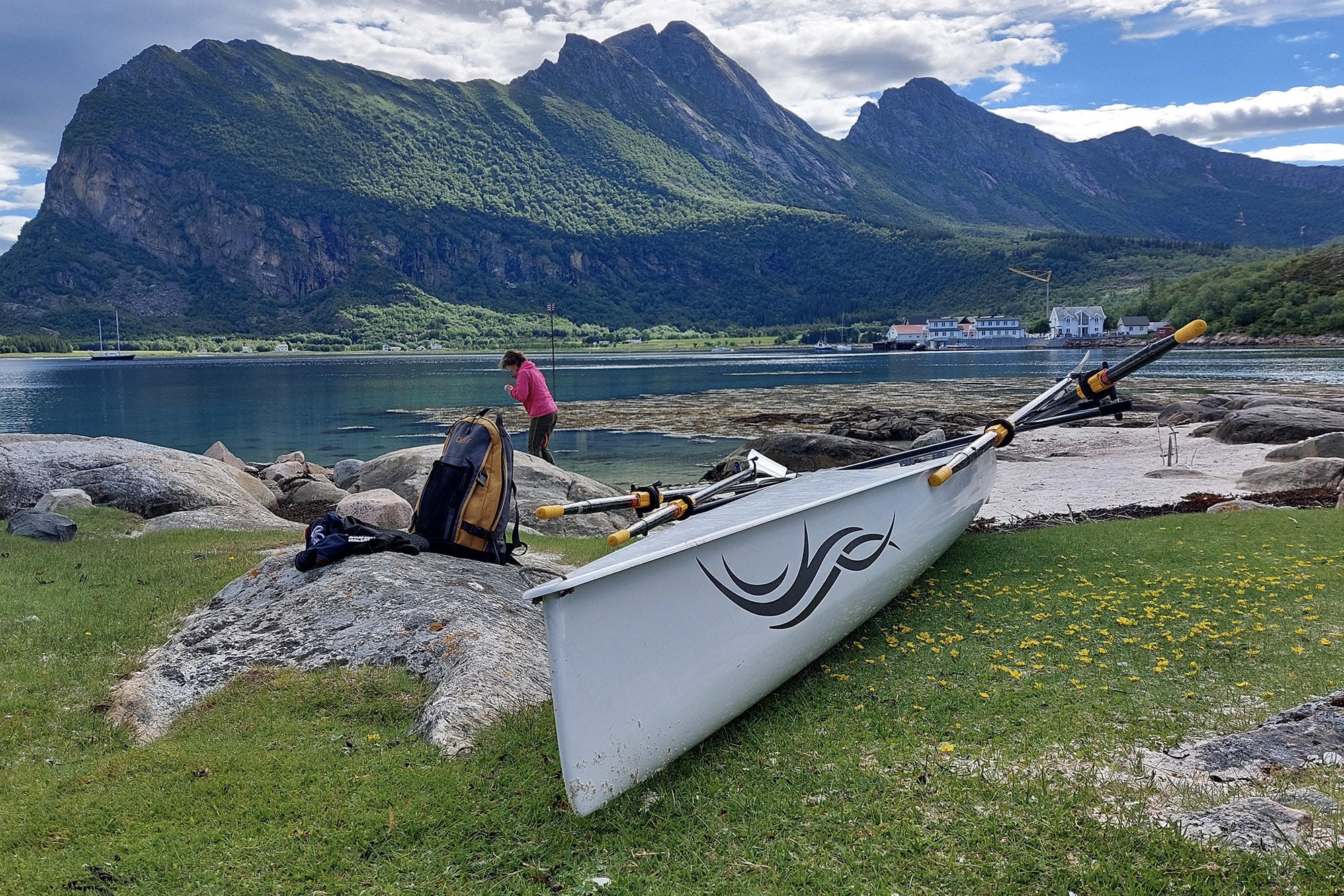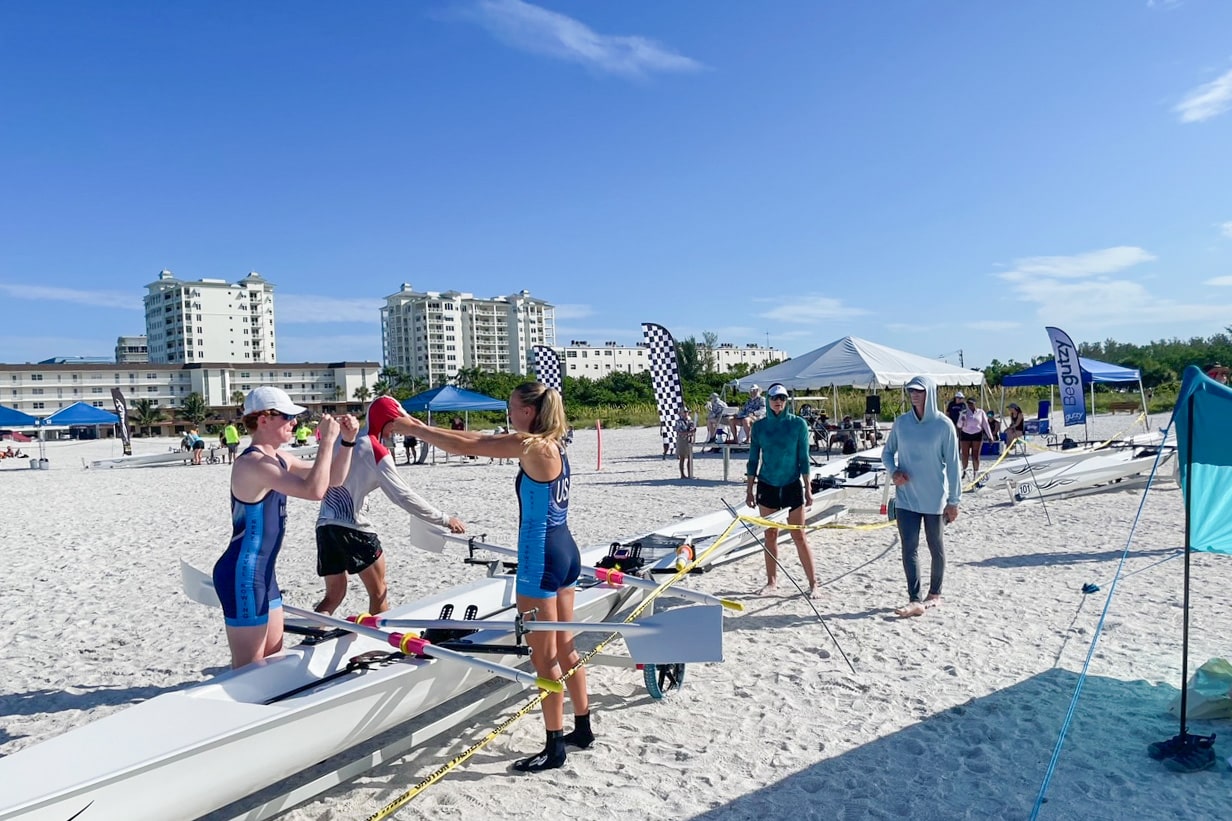If you know our boats, if you’ve seen our YouTube video, if you saw our pictures on social medias, you know that our rowing boats are made for daily outings, and also for adventures! From the beginning of its journey, Liteboat has always been driven by exploring the unknown and getting into nature, maybe because of it’s founder who got the idea on a rowing boat, in the middle of the Atlantic ? (see story here)
In this series of articles, we will help you organize and enjoy at its best your next rowing trip, with the help of our dealers from around the world, who share the same passion. Today, Tor from Norway will help you get through the equipment you could use.
Equipment to bring depends on how far you want to go, and weather conditions.
The first thing you should think of is safety, and a flotation inflatable belt is the perfect thing, as it is on your back when rowing, and therefore nothing for the oars to hook up in on your chest. Clothing for rowing is straight forward: dress as you would do for a normal run in the nature. Then again; think safety, and get yourself a some T-shirts in bright colours, so that other boaters can spot you and your Liteboat as early as possible. In the colder seasons, use wool layers closest to your body, and cover up with windbreakers.
A cap in bright colours will also be good! If you have some hair on your head, you need a cap anyway, to keep it in place. If you are out there to get some exercise, a cap also takes up some sweat from your forehead. Some of us row in dark hours, and I always recommend a light. It should be 360 degrees around you, not flashing, as it is much harder to visually measure the distance to a flashing light, compared to a continuous light. I have found a good lantern easily mounted on top of my cap with a magnet
Some rowers don’t like to use gloves, but I do. Keep them thin for quick drying, no paddings, and with good ventilation. In the cold season you need them thicker.
Joggers on your feet is usually fine. The feet needs to be stabile, and “crocks” or similar usually don’t work. In the colder season, I use long rubber boots with thick wool socks. They make it easy to climb aboard from the beach, and also keep my feet dry and warm during my trip. You will also pretty soon miss is a mirror. I have tried a lot different, but landed on the solution with a mirror integrated in my sunglasses (www.trieye.com). It needs some assimilation, but you can’t row without them, when you have learned the tricks. Don’t forget your food and drinks, you burn a lot with rowing. This depends of course on the distance, but never underestimate your needs, especially when going on longer trips.
If you plan to pull your Liteboat over land, you will need a small trolley. Make sure the trolley has as big wheels as possible. Find a trolley with inflatable tires, as you can get some air out to get a smoother run over bumpy tracks. It has to be fastened properly to the boat, so bring enough straps.
I usually always bring a set of tools on the longer trips, although I have never needed them. Most important: check your Liteboat before you go, that’s the most important thing. Check fin and fin screw, check drainage plug, check that all bolts and nuts on the riggers are tight, make sure your sliding seat runs smoothly, and that the foot plate is fixed.
Anyway, don’t get trapped in the equipment shop. The best is get out there, find your own needs that fit to your level of rowing. Start low, and slowly increase your ambitions.
Best wishes,
Tor, Norway Liteboat dealer
